Sophie Paterson of Lowimpact.org takes a look at the diversity of tastes offered by fermentation, a low-impact form of food preservation which has endured through time and across cultures.
From the fish sauce of ancient empires to the many variations of fermented soybean to be found across Asia, not forgetting the pickled gherkins and sauerkrauts of Europe, fermentation takes many forms. Here I chart a (very almost) A to Z of fermented foods and processes from around the world to whet your appetite – rest assured it covers a lot more than cabbage!
Ferment: Late Middle English: from Old French ferment (noun), fermenter (verb), based on Latin fermentum ‘yeast’, from fervere ‘to boil’. Fermentation: The chemical breakdown of a substance by bacteria, yeasts, or other microorganisms, typically involving effervescence and the giving off of heat.
Oxford Living English Dictionary definition
From the fish sauce of ancient empires to the many variations of fermented soybean to be found across Asia, not forgetting the pickled gherkins and sauerkrauts of Europe, fermentation takes many forms. Here I chart a (very almost) A to Z of fermented foods from around the world to whet your appetite – rest assured it covers a lot more than cabbage!
Atchara (also known as achara or atsara) is a delicacy of fermented grated unripe papaya hailing from the Phillipines. It is predominantly served as a side dish or pickle alongside barbecued meat.
Brem cake is a popular snack from the Indonesian islands of Madiun and Wonogiri, produced from rice wine and also found in liquid form.
Cheonggukjang is a traditional Korean fermented soybean paste, strong in flavour and with a characteristic smell, which forms the basis of many a stew.
Deukhine hails from Senegal and is a tamarind and peanut paste, featuring fermented locust bean, peanut butter and fermented tamarind seed pods amongst a host of other flavoursome ingredients.

By T.K. Naliaka (Own work) [CC BY-SA 4.0] via Wikimedia Commons
Garum was a fermented fish sauce used to feed the masses of Ancient Greece, Rome and Byzantium – you can read all about it here courtesy of No Tech Magazine.
What is called liquamen is thus made: the intestines of fish are thrown into a vessel, and are salted; and small fish, especially atherinae, or small mullets, or maenae, or lycostomi, or any small fish, are all salted in the same manner; and they are seasoned in the sun, and frequently turned; and when they have been seasoned in the heat, the garum is thus taken from them. A small basket of close texture is laid in the vessel filled with the small fish already mentioned, and the garum will flow into the basket; and they take up what has been percolated through the basket, which is called liquamen; and the remainder of the feculence is made into allec.
Via Wikipedia from the 10th century Byzantine manual Geōponika: Agricultural pursuits, Vol. II, pp. 299-300; translated by Thomas Owen, London, 1806
Hákarl is an Icelandic delicacy with a reputation as fierce as its smell. This traditional method of fermenting shark meat is an acquired taste even for the locals, as evident in the clip below.
Injera is a sourdough-based flat risen bread which is a dietary staple across Ethiopia, Eritrea and Somalia. Traditionally made with teff flour, it has a spongy texture reminiscent of the English crumpet, though much thinner.
Jeotgal is the Japanese term for a multitude of salted fermented seafood dishes, ranging from pieces of salted fish to a liquid broth. It is used across a wide range of recipes.
Kefir, now so ubiquitous as to be featured in BBC Radio 4’s The Archers alongside fellow fermented food kimchi, is believed to originate from the mountains of the Caucasus. The fermented milk-based drink can be made with cow, sheep or goat’s milk, in each case innoculated with the kefir yeast bacterial starter.
Laben is an Arabic word which can refer to both a fermented milk yoghurt popular across the Levant region and a buttermilk traditional to North Africa.
Miso is a staple Japanese seasoning high in protein and rich in vitamins and minerals. It is made by fermenting soybeans with salt and the koji fungus, sometimes with the addition of rice, barley and other ingredients. The resulting paste is traditionally used for sauces and spreads, in the pickling of vegetables or meats, and is combination with stock to serve as misoshiru, a soup now increasingly popular outside of Japan.
Nata de coco is a sweet treat originating from the Phillipines and believed to have been created for the first time in 1973. The fermentation of coconut water results in a chewy, gel-like substance which is commonly eaten as a dessert.
Oncom hails from West Java in Indonesia and makes use of by-products from food production involving soy, peanuts and coconut. Similarly to tempeh, it is fermented using mould and requires stringent hygeine processes to avoid contamination.
Pickle is a term which covers much more than the commonly-associated pickled cucumber or even onion. The term derives from the Dutch pekel , meaning brine, in which foods are submerged. Examples of pickling range from sauerkraut to kimchi, with lots in between.

By Miansari66 (Own work) [CC0], via Wikimedia Commons
Rakfisk is a fermented fish dish eaten in Norway, usually made by salting fresh trout. Whilst not everday fare, it is popular enough that the Norwegians produce in the region of 400 tonnes in any given year.
Salami, whilst commonly air-dried, can also be fermented. Common starter cultures include lactic acid bateria and various strains of coagulose-negative cocci, which kick-start a steady acidification process which in turn promotes a series of chemical reactions in the meat.
Tarhana can be found across the Caucuses and Middle East. Whilst it varies in form, it is essentially a dried food derived from a fermented mixture of grain and either yoghurt or fermented milk. It is usually made into a thick soup with water, stock, or milk.
Vinegar in its many varieties and with its many uses – from condiment to cleaning product – is produced using fermentation. In industrial production this can be anything from 20 hours to three days but traditional small-batch production lengthens this process from anything to a few months to several years.
Worcestershire sauce is an example of fermented food found in many a British kitchen. It in fact combines a variety of fermented ingredients, from vinegar to fish sauce to pickled lemon.
Yoghurt is a fermented food common to many cultures, with fermentation a key process in its production. The longer the fermentation, the more acidic the final product.
And finally, last but not least, we come to Zymology – not technically a food but the scientific term used to describe the process of fermentation itself. A fitting end to our A to Z of all things fermented!
If you’re inspired to expand your culinary horizons by learning more about low-impact food preservation methods, head on over to our topic introduction and do check our directory too for courses and products on offer near you.
 About the author
About the author
Sophie Paterson works as part of the Lowimpact.org team with a focus on social media and book promotion. She spent the past year living and volunteering on a farm in Devon. In any spare time she undertakes natural building work and training and attempts to keep up her Arabic language skills.

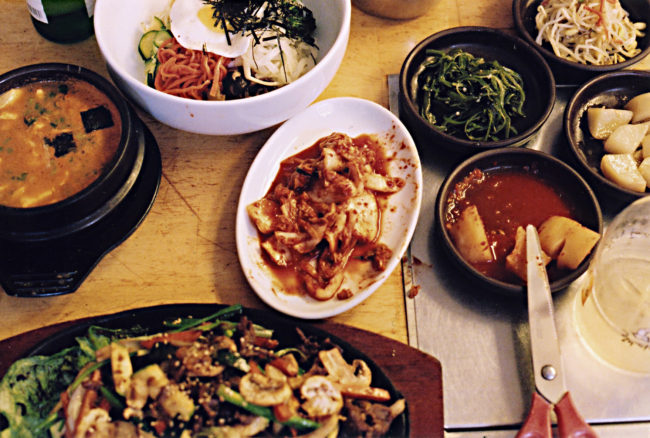
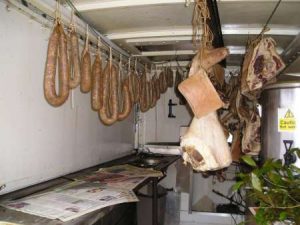
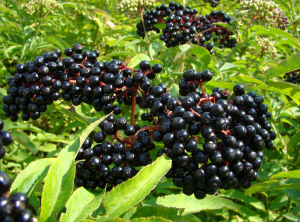
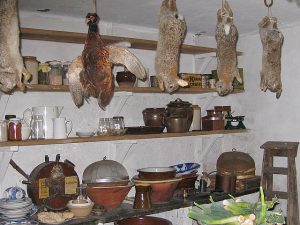
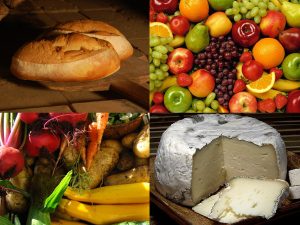
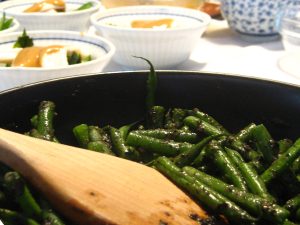
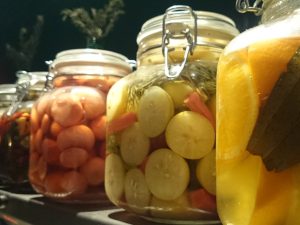
5 Comments
A friend told me about Kim Chi just over a year gone by and I, although sceptical also respected the guy. So I tried making it, sticking faithfully to an online found recipe. I remained sceptical as I rubbed in salt, soaked the so processed leaf and added a spicy chilli paste I’d made up, full of ginger, garlic, spring onions and radish. A couple of days later it smelled untouchable but, somehow, after a full week I plucked up courage to sample it.
Amazingly it was really gorgeous and, twelve months later, I’m looking to living to a healthy 125 years, as Marty tells me all Kim Chi scoffing Koreans do………..
Brilliant – we’ve been diligently saving glass jars in the hope we’ll get round to similar experiments soon and will definitely put kim chi on the to-try list!
How do we make all these?
Hi Hilary. That’s a good question – there are so many recipes out there that it’s difficult to know where to begin! Chris at greencentre highly recommends this kim chi recipe as a great starting point in a blog post here: https://greencentre.wordpress.com/2017/04/17/kim-chi/.
Wonderful! If you are interested, the ingredients that make the ‘taste’ of West African cuisine, explained at http://duturist.com/cuisine-of-africa.html
🙂